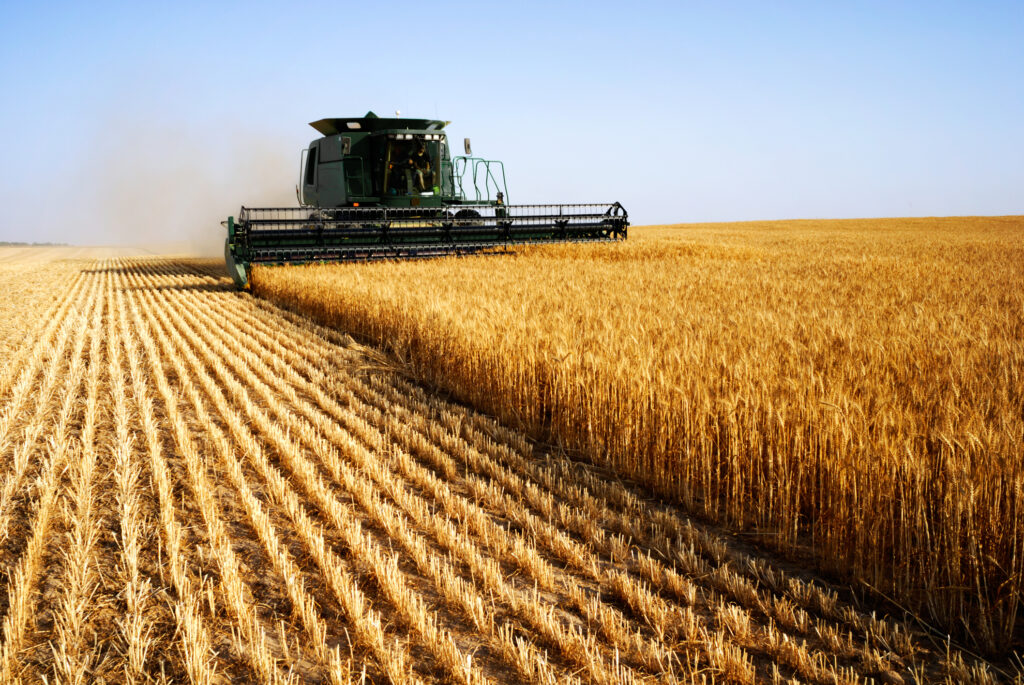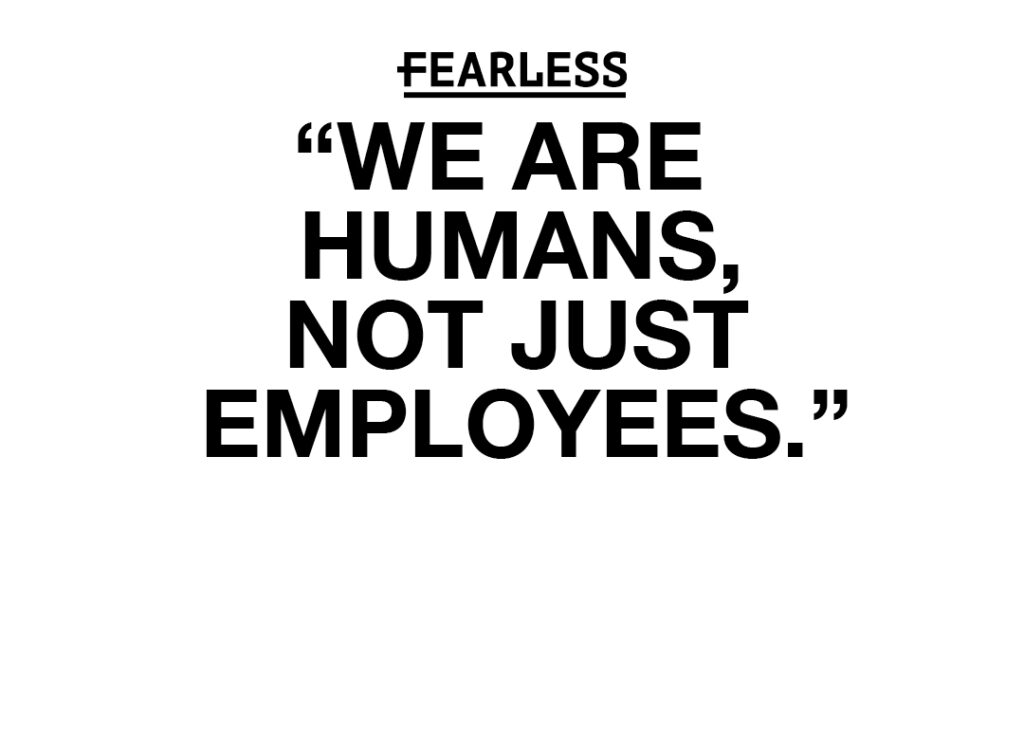A Closer Look: Kirk Leeds
CEO, Iowa Soybean Association

PERRY BEEMAN Mar 6, 2015 | 12:00 pm
3 min read time
754 wordsAg and Environment, Business Record InsiderKirk Leeds freely admits he grew up in town. A political science major out of Iowa State University, he nevertheless has one of the most important agricultural jobs in Iowa. Leeds is CEO of the Iowa Soybean Association (ISA), where he has worked for half of the organization’s 50 years of existence. He’s been in charge for 23. He can tell you anything you need to know about the legume that fights with hybrid corn for acres in the nation’s epicenter for grain production.
He also can tell you a surprising amount about the environment. He waxes poetic about his view that encouraging farmers to help curb water pollution, and helping them pay for the work with taxpayers’ money, makes more sense than regulating fertilizer applications. He has attempted to amp up the ISA’s environmental profile by hiring the likes of Chris Jones, a former Des Moines Water Works chemist who had been vocal in pointing out nitrate issues in local rivers.
The soybean association’s $7.4 million headquarters sits on three acres of prime land in Ankeny’s Prairie Trail development. Leeds arranged for the land when his friend, agrichemical giant Dennis Albaugh, asked what it would take to keep the group in Ankeny.
“Free land would help,” Leeds responded. Albaugh donated the site. The 30,000-square-foot complex is designed to look like it incorporates a large grain bin.
Perhaps growing up with nine siblings helped Leeds be bold. Maybe his two unsuccessful runs for state office toughened him up. Maybe he’s on to a new strategy for success — delay your MBA twice and see if someone names you CEO, which happened to him in 1992.
With the association and other agriculture groups now engaged in a pointed political and legal battle with Des Moines Water Works over nitrate pollution from farms, we checked in with Leeds.
What is the association’s mission?
In 1964, a small group of farmers set up the organization. They had several goals. They wanted to produce more soybeans. They wanted efficency. And they wanted to improve marketing. This was before the checkoff. Fifty years later, that is still what we do. We produce more at a lower cost and in a more environmentally sustainable way.
What are the critical issues now?
You have to sell the stuff. The growth has been mostly global. Since I started in 1990, globally, soy demand is up nearly 175 percent. Corn is up about about 105 percent. For soybeans, it’s really been a global crop. Today, 60 percent of the U.S. soy crop is exported.
Has much changed over the years?
Who could have imagined Roundup technology? Who could have imagined precision agriculture and GIS (geographic information systems)? Who could have imagined big data? Who would have expected that we would produce a crop in the U.S. of just under 4 billion bushels? There has been a lot of change at the association. There were 12 or 13 employees when I got here. Now there are 70. Funding has changed too. In 1971, the voluntary checkoff was passed in Iowa. In 1991, the national checkoff passed. The resources for research and marketing grew with the industry.
How do you pay for your operations?
We get $34 million from the checkoff and other sources. Of that, $16 million is sent to the United Soybean Board. So there is $16 million left from the checkoff for us, plus we have $2 million from dues, grants and magazine revenue.
What do the current lower soybean prices mean to the industry?
We have a lot of young farmers who haven’t experienced a downturn. Those that survived the ‘80s have that perspective. The good news is that unlike the ‘80s, most farmers are not as debt-laden as they were in the ‘80s. The debt ratio is pretty low. We’re going to have to tighten up for a couple of years. We anticipate that global demand for soy is going to increase about 10 million metric tons this next year. To put that into perspective, 13 to 15 million metric tons are produced in Iowa.
You have been involved in the discussion of Des Moines Water Works’ claim that drainage districts are point sources of nitrate, and therefore subject to the regulation under the Clean Water Act. What are your thoughts on that?
I told them that this is going to take seven to 10 years to fight in the courts and nothing is going to get done. It’s clear that farm tile is not part of the Clean Water Act.










